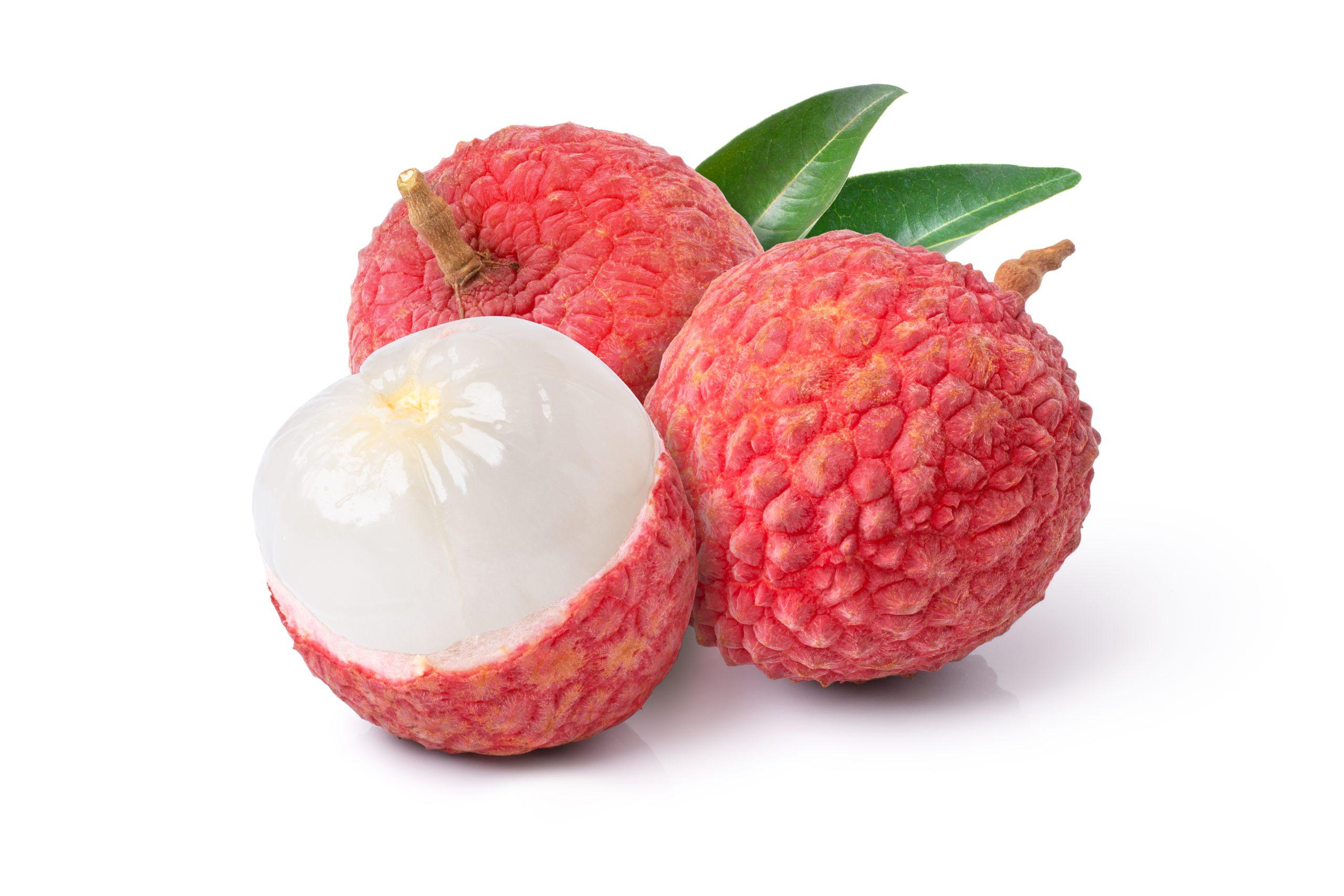Same problems, same solutions: Australia and Vietnam react to economic coercion
Posted By Viet Dung Trinh on March 27, 2024 @ 10:03

The two countries are so different, but they are following remarkably similar paths. Economically advanced Australia and still-developing Vietnam have both suffered from Chinese economic coercion, and they are adopting same solution—diversification of export markets.
That means they are also trading more with each other.
In 2021 and again in 2023, Hanoi and Canberra moved to increase bilateral trade. Further action along the same lines will not be surprising.
Vietnam’s most notable experience in becoming the target of Chinese trade punishment occurred in 2014, amid a stand-off over China moving an oil rig into Vietnamese waters. Beijing blocked importation of 1000 tonnes of Vietnamese lychees, which were left to rot at the border. Then in 2020 Beijing obstructed imports from Australia in response to Canberra calling for an independent investigation into the origins of Covid-19.
Economic coercion exacerbates Vietnam’s concerns over its mounting bilateral trade deficit and economic reliance on China, with implications for sovereignty disputes in the South China Sea. Despite Vietnam’s market-oriented reforms under the Doi Moi policy initiated in 1986, its trade deficit with China reached more than US$60 billion [1] in 2022, with Vietnam exporting US$57.7 billion and importing US$117.95 billion. The balance will worsen if Beijing blocks importation of Vietnamese products.
So at the 13th National Congress in 2021 the Vietnamese Communist Party urged government agencies and businesses to diversify economic relations, restructure the economy and enhance economic resilience.
In Australia, the 2016 Defence White Paper described the use of economic coercion as an emerging threat to a regional rules-based order that can ‘diminish the freedom of countries such as Australia to take independent action in our national interest.’ The 2020 Defence Strategic Update labelled economic punitive measures a ‘grey-zone’ activity used against Indo-Pacific nations including Australia. And in the 2023 Defence Strategic Review, economic coercion was described as one of the factors shaping Australia’s strategic circumstances.
Both Australia and Vietnam have responded to China’s punishment by boosting trade with other partners. Vietnam has now signed 17 free trade agreements, including seven since 2015. Australia has signed 18, of which five were concluded after China implemented economic coercion against it in 2020. In the past five years, Australian exports to Vietnam and Indonesia have more than doubled [2], and the growth in sales to Japan, South Korea, Taiwan and India has been almost as impressive.
Australia and Vietnam are both active participants in regional trade agreements, including the Comprehensive and Progressive Agreement for Trans-Pacific Partnership, the ASEAN-Australia-New Zealand Free Trade Area and the Regional Comprehensive Economic Partnership.
Australia and Vietnam have looked to each other in their searches for alternative markets. After the case of the rotting lychees, Vietnam increased lychee exports to Australia and Japan. Responding to China’s ban on Australian coal, Vietnam increased [3] its imports from 15.7 million tonnes in 2019 to 20.3 million tonnes in 2020. In 2022, Vietnam became the largest buyer of Australian cotton, with imports of $1.7 billion [2], up from just $115 million three years before. By the same year, Australia was Vietnam’s seventh-largest trading partner [4], while Vietnam became the 10th largest trading partner of Australia.
Australian and Vietnamese economies will continue to be complementary [5] because Vietnam values Australia as a reliable supplier of raw materials and services while Australia is a market for such Vietnamese products as furniture, rare earths and seafood.
In 2021 they signed the Australia-Vietnam Enhanced Economic Engagement Strategy [6], which aims to strengthen the rules-based trading system and ‘address economic challenges and coercive economic practices.’ And in 2023, they agreed on a goal to raise bilateral trade to US$20 billion and double the value of two-way investment.
All this is sensible. The more Vietnam and Australia rely on each other and on markets other than China, the less they have to fear from Beijing’s economic coercion.
Article printed from The Strategist: https://aspistrategist.ru
URL to article: /same-problems-same-solutions-australia-and-vietnam-react-to-economic-coercion/
URLs in this post:
[1] US$60 billion: https://wtocenter.vn/chuyen-de/22257-china--vietnams-largest-trading-partner%22%20/l%20%22:~:text=By%202022%2C%20the%20trade%20deficit,imports%20US%20%24%20117.95%20billion).
[2] more than doubled: /why-chinas-coercion-of-australia-failed/
[3] increased: https://www.lowyinstitute.org/publications/chinese-coercion-australian-resilience
[4] seventh-largest trading partner: https://vietnam.embassy.gov.au/hnoi/MR230327.html%22%20/l%20%22:~:text=Vietnam%20has%20been%20one%20of,with%20Vietnam%20now%20Australia%27s%2010th
[5] complementary: https://www.dfat.gov.au/about-us/publications/trade-investment/business-envoy/business-envoy-february-2022/australia-and-vietnam-set-deepen-economic-ties%22%20/l%20%22:~:text=Vietnam%20and%20Australia%20have%20complementary,deepen%20trade%20and%20investment%20ties.
[6] Australia-Vietnam Enhanced Economic Engagement Strategy: https://www.dfat.gov.au/australia-vietnam/eees/en/index.html
Click here to print.